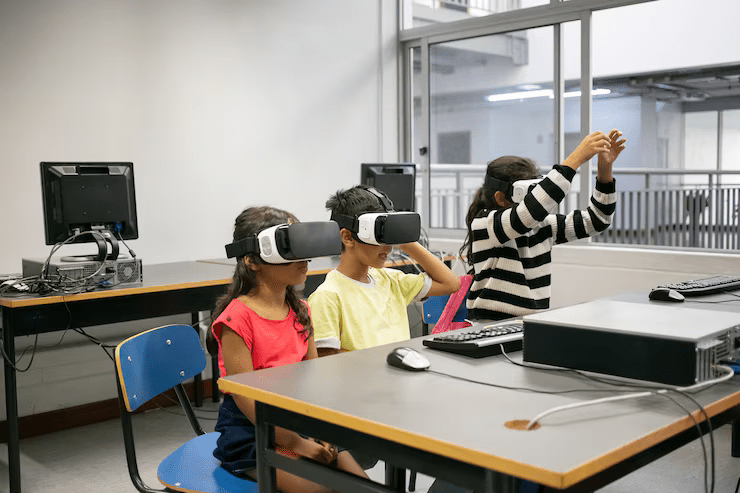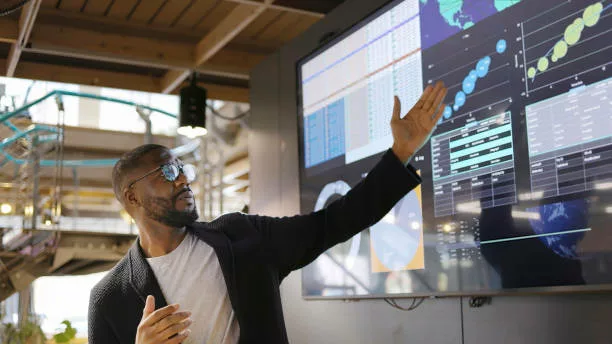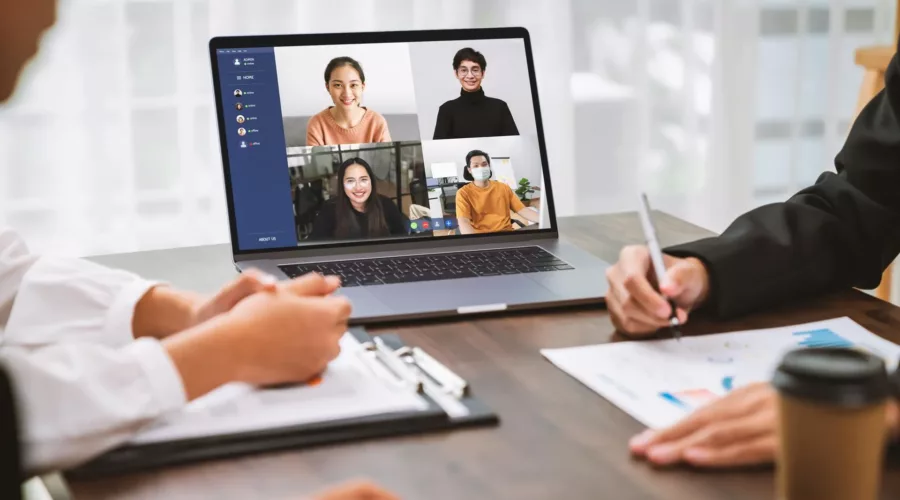The Impact of Virtual Reality in Education
As technology advances rapidly, Virtual Reality (VR) is emerging as a transformative tool in education. VR offers an immersive, interactive learning experience that overcomes the limitations of traditional classroom settings. This article explores how VR is reshaping education, providing students with dynamic and engaging ways to learn. Let’s dive into the impact of Virtual Reality in Education.
What is Virtual Reality?
Virtual Reality (VR) is a simulated experience using 3D near-eye displays and pose tracking to create an immersive virtual environment. While commonly associated with entertainment and gaming, VR is also making significant strides in education. It enables realistic simulations for medical, safety, military training, and more, distinguishing itself from other digital visualization technologies like augmented reality.

Some impact of Virtual Reality in Education includes:
1. Experiential Learning:
VR revolutionizes experiential learning by creating immersive simulations for complex subjects like physics, history, and biology. Students can explore the solar system, walk through ancient civilizations, or dissect a virtual frog, making abstract concepts more tangible and enhancing understanding and retention.
2. Geographical Flexibility:
VR eliminates geographical and logistical barriers, enabling students from diverse locations to collaborate in virtual spaces. This fosters global classrooms and cross-cultural interactions, providing remote or underserved communities with access to high-quality educational resources that might otherwise be unavailable.

3. Catering to Different Learning Styles:
VR addresses various learning styles by offering interactive and visually rich content for visual learners, and hands-on simulations for kinesthetic learners. This adaptability makes VR a powerful tool for personalized education, allowing educators to tailor learning experiences to individual needs.
4. Increased Student Engagement:
VR enhances student engagement by transforming passive learning into an active experience. The immersive nature of VR captures students’ attention and motivates them to participate actively in their learning process. This heightened engagement can lead to improved academic performance and a greater enthusiasm for learning.
Conclusion
Virtual Reality holds immense potential to enhance education through immersive, interactive, and personalized learning experiences. As VR technology continues to advance and become more accessible, it is set to play a crucial role in transforming education, making it more engaging, effective, and inclusive for learners worldwide.
Are you a school owner or administrator in need of a web solution like SchoolTry to automate, digitize, or transform your schoolwork? Register for free here and see how it works.



